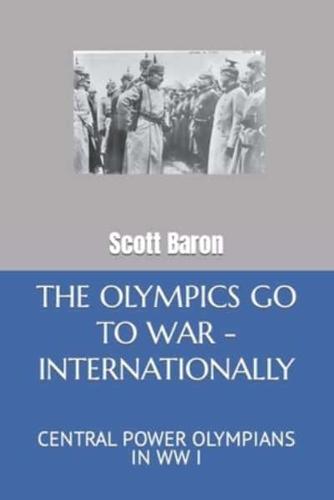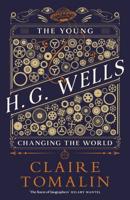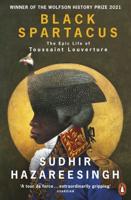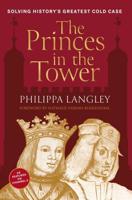Publisher's Synopsis
This is the fourth book in the Olympics at War series, this book focusing on Olympians who fought with the Central Powers in the First World War, to compliment Book Three which focused on Olympians who fought with the Allied Powers in WW I.
Not surprisingly, the majority of the Olympians who fought in WW I competed in either the 1908 or 1912 Olympic Games in London and Stockholm, or both, but there are exceptions. Also the Allied Powers were more diverse and included the Russian Empire (including Poland and Finland), France and her colonies, British Empire ( United Kingdom, Canada, Australia, New Zealand, Newfoundland, South Africa, and Ireland as well as her colonies), Japan and her colonies, Serbia, Montenegro, Bosnia and Herzegovina, Italy, Portugal, Siam, Brazil, Greece, China, Liberia and, eventually, the United States. The Central Powers, also known as the Quadruple Alliance, consisted of the German Empire and the Austro-Hungarian Empire at the start of the war. The Ottoman Empire joined later in 1914, followed by the Kingdom of Bulgaria in 1915. The name "Central Powers" is derived from the location of these countries; all four were located between the Russian Empire in the east and France and the United Kingdom to the west. There were 2,008 athletes from 20 nations that competed in the 1908 Games, and 2,408 athletes from 27 nations in 1912, or roughly a total of more than four thousand athletes in the two games. In Nigel McCrery's outstanding work "The Extinguished Flame (2016), he identifies 138 athletes who died or were killed in WW I, or roughly 3.13%, to include Australia (3), Austria (5), Belgium (2), Canada (5), Finland (1), France (28), Germany (22), Great Britain (50), Haiti (1), Hungary (10), Italy (1), New Zealand (1), Russia (5), Serbia (1), South Africa (1) and the United States (2), although I was able to uncover an additional athlete not listed, and there might be others lost in the fog of war. Additionally, there were an unknown number who fought and survived the war. Of the three nations with the greatest losses, Germany sent 81 (79 male, 2 female) athletes to the 1908 Games and 185 (180/5) in 1912. Great Britain and her dominions sent 676 athletes in 1908 and 264/10 in 1912. France sent 363 in 1908 and 118/1 in 1912. Turkey competed for the first time in 1912 and only sent two athletes, neither of whom fought in the war. The Austria-Hungary empire had separate Austrian and Hungarian teams. The US sent 122 athletes in 1908 and 174 in 1912, but were only in the war for 17 months (June 1917 - November 1918) but the first US troops didn't enter the trenches until October 1917. Although not an instigator of WW I, Germany would be the major participant in the war, and her losses of 2,000,000 dead would double that of the British Empire and exceed Frances' 1,700,000 and Austria-Hungary's 1,500,000. Therefore, it should be no surprise that the majority of this work will be comprised of German Olympians. And yet, despite the numbers, the Olympians who fought for the Central Powers in WW I have compelling tales of valor, sacrifice and dedication. Herein contained in these pages are a small sampling of their stories.







